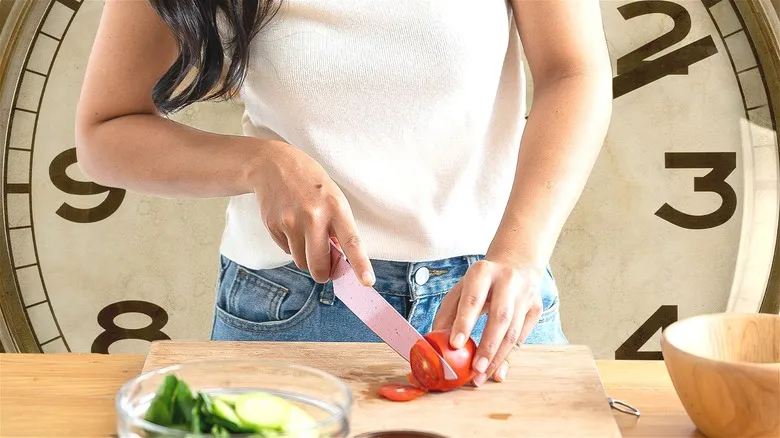Thoroughly read the recipe

An expert might not need to remind you of this, but to start off on the right track, let’s establish a fundamental guideline for cooking more efficiently (and, in some ways, more intelligently). Take the time to thoroughly review the recipe. Julia Turshen, a renowned culinary expert and author of the cookbook "What Goes With What," emphasizes this "time-saving step" to eliminate any uncertainty that may arise while cooking. "You have an idea of what the forecast looks like and can plan accordingly," she notes, and she’s absolutely correct. When you understand the instructions clearly, you won’t have to keep checking the details repeatedly.
Don’t rush through — examine each ingredient and assess the preparation tasks with a keen eye. Failing to do so could hinder your progress once you start cooking for real. In the heat of the moment, discovering that you forgot to set out a stick of butter to soften or neglected to lower the oven temperature for your roast chicken will only lead to issues that could have been avoided. You wouldn’t assemble a piece of IKEA furniture without consulting the instruction manual, would you? Extend the same consideration to your dinner, your guests, and yourself.
Maintain a tidy cooking space
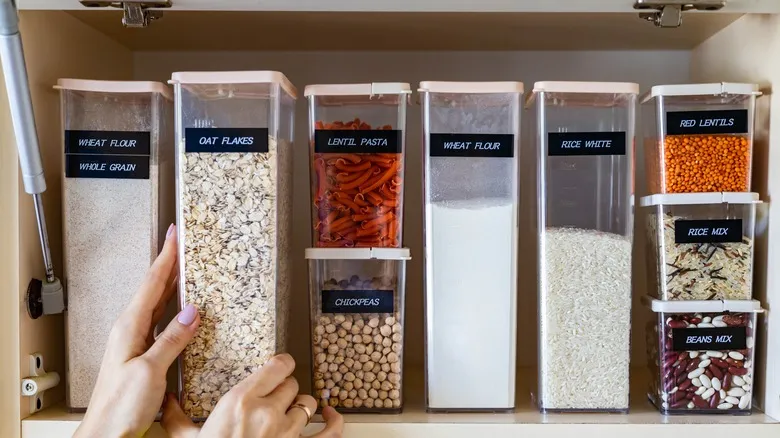
How many meals have been put on hold because you had to search for a mixing bowl or misplaced a potato masher? When hunger strikes, home cooks can eliminate this frustrating setback by keeping their kitchens impeccably organized. Dedicate some time to designating spaces for your cookware, so when it’s time to start cooking, you won’t waste time looking for essential tools. Grace Vallo, the creator of the food blog Tastefully Grace, which has over 25,000 followers on Instagram, believes that a tidy kitchen is essential for efficient meal preparation. "A well-organized kitchen, with frequently used tools and ingredients easily accessible, minimizes stress and accelerates the cooking process," she explains.
A clutter-free kitchen primarily relies on consistent upkeep. Is your pantry overflowing with items, obscuring your view of essential supplies? Make it a habit to regularly declutter so you don’t overlook the items you already have. Pots, pans, and cooking utensils, such as wooden spoons and tongs, will be far more effective when they are neatly stored and easily visible. Opt for transparent food storage containers for maximum accessibility.
Stay on track with a to-do list

Putting together a reasonably good dinner often suggests that it’s something we can improvise without prior preparation. However, creating a to-do list can save you valuable time. This approach helps reduce the stress that can come from not knowing what to do next. Keeping a checklist is especially beneficial for meals that require a specific sequence of tasks.
"I prefer to have a list of tasks arranged in the order they need to be completed," says Cynthia Christensen, the creator of the food blog But First We Brunch. "I always feel a sense of satisfaction when I make a big checkmark next to each completed task." For instance, when making a classic spaghetti dish, you might list steps like chopping onions and garlic, cooking the ground meat, and boiling water for the pasta. This method is particularly useful for multitasking—like taking advantage of the time while the meat sauce simmers to get the noodles cooking.
Organizing your tasks doesn’t need to be complex; a simple notepad and pen will suffice, or you can use your phone for digital organization. Meal-planning apps also provide this functionality, often with more tailored features.
Set out all of your ingredients

"Mis en place" is a culinary preparation step that comes from professional French kitchens. Despite its fancy name (fun fact: Anthony Bourdain always practiced this pre-cooking ritual), this method is quite accessible for cooks who are pressed for time. Essentially, it involves gathering all the necessary ingredients for your recipe before you start putting the dish together. Depending on the meal, this stage might require some extra effort—like chopping a zucchini or mixing a seasoning blend to be added later.
By having your ingredients ready in advance, you’ll save time and energy later, as everything will be prepared to go into the pan or oven as needed. "Collecting all your ingredients before you begin is the best way to ensure a successful recipe," notes Cynthia Christensen. If you're looking to streamline your cooking process, make sure to gather all your essentials. This will significantly help you stay on track, as frantically searching for a box of baking soda can really slow you down when you're trying to eat sooner rather than later, as Jessica Formicola points out.
Good tools can quickly produce results
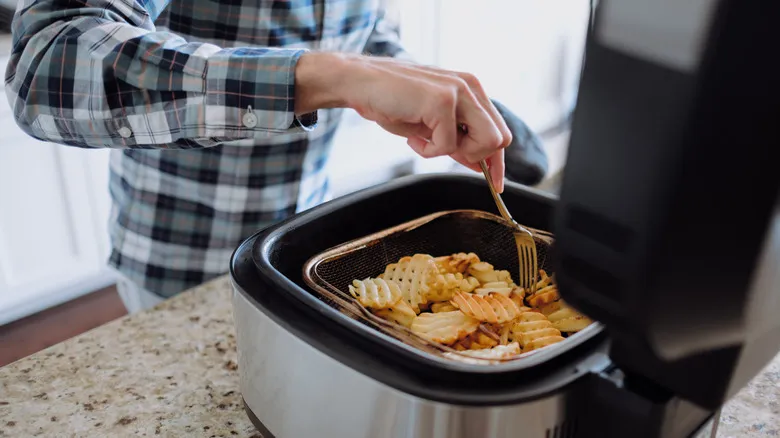
Have you ever come across the saying "cook smarter, not harder?" Even if you're already aware of time-saving devices like microwaves and toasters, it's worth emphasizing that the right appliances can significantly reduce cooking time. For instance, instead of the usual hassle of preparing dried beans, a pressure cooker can have them hot and ready for your burrito bowl in no time.
Food processors are fantastic for chopping ingredients into fine pieces — for example, Cynthia Christensen uses hers to mix butter and flour for flaky biscuits. Similarly, Jessica Formicola employs them to slice bell peppers and onions. If you're not confident in your knife skills, a mandolin can be a great alternative. Grace Vallo swears by immersion blenders for creating creamy textures in sauces and soups. To quickly char vegetables, Julia Turshen highly recommends the air fryer for its rapid heating capabilities. "It makes roasting so fast and easy, and cleanup is much simpler than with a sheet pan," she noted. This is just one of the many hacks that make this appliance essential for busy weeknights.
Defrost frozen meat by running it under water
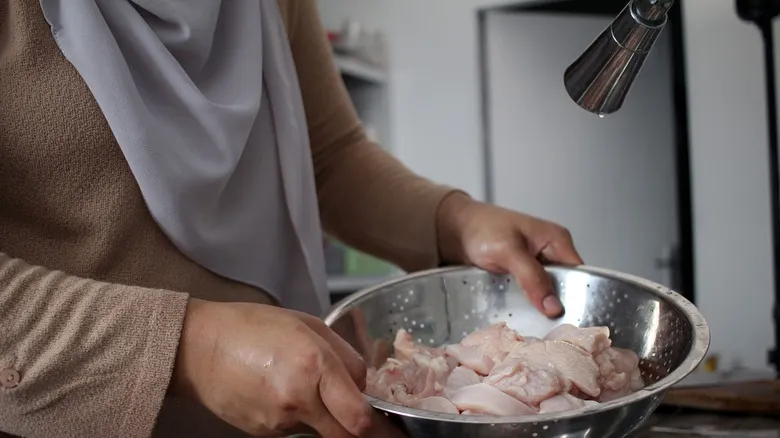
Whether it's turkey breast, pork chops, or prime rib, a meat dish always has a way of comforting the soul after a long day at work. However, if you depend on freezing your meat, forgetting to defrost it can disrupt any last-minute meal plans. Fortunately, Cynthia Christensen has a method that speeds up the thawing process while ensuring your meat stays in excellent cooking condition. "When I need to thaw meat quickly, I place the sealed bag in a container of cold water, with another container filled with water on top to keep it submerged," she explains. "This method thaws the meat in 30 minutes to an hour while keeping the temperature safe."
If you decide to use this technique, make sure the water is cold enough (ideally around 40°F, but not higher). Additionally, ensure that your protein is completely sealed in its packaging; Christensen suggests discarding the styrofoam trays that retailers often use for raw meats and instead using a high-quality freezer bag. This will help keep out air and preserve freshness.
Thaw out your meat on a baking sheet
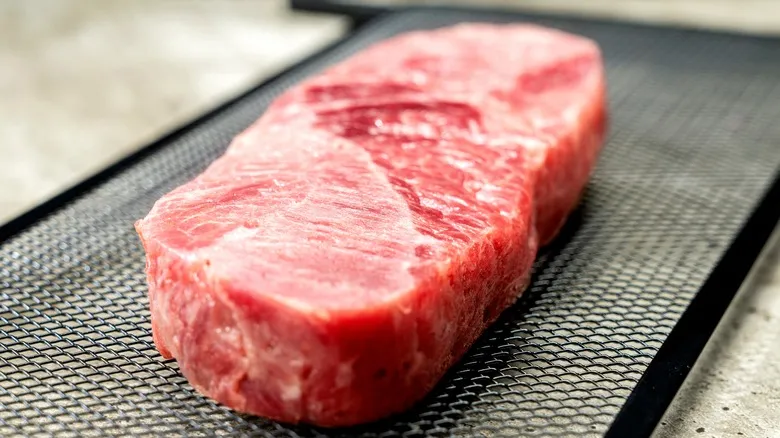
Soaking your block of ground beef in water is a common method, but on a hectic Monday, is it the only quick solution for taco filling? Julia Turshen shared an alternative — equally effective — technique for defrosting meat, inspired by fellow food expert J. Kenji Lopez-Alt. She explained to Chowhound that instead of submerging the meat in water, you should place the bag of meat on an aluminum baking sheet. The rationale behind this approach is that the metal surface acts as a conductor for heat. The tray absorbs warmth from the surrounding air, which helps to thaw the frozen meat, bringing it to room temperature.
If you prefer to keep your cookie sheet exclusively for baking, that's understandable. Investing in a thawing plate, which Formicola endorsed as a worthwhile purchase, can be very useful for quick defrosting. Additionally, it's important to stay informed about food safety. According to the U.S. Department of Food and Agriculture, raw or perishable foods can enter the danger zone in just two hours, so it's essential to monitor your food while preparing it.
Chopping food smaller trims off cooking time

Feeling impatient as you wait for that sweet potato hash to finish searing? If you've found yourself in this situation before, you might be making a common sautéing error that could be hindering your cooking efforts. The issue often lies in how you chop your ingredients. Larger chunks of food (or whole pieces, in the case of certain meats) take longer to cook than finely diced pieces, as the larger sizes require your cooking appliance to exert more effort to generate heat. This not only delays your meal prep but can also compromise the quality of your ingredients, leading to issues like drying out, burning, or failing to achieve the caramelized crust from the Maillard Reaction.
Having a sharp knife and good knife skills will help you slice and dice quickly, but there's no harm in using tools to help with the chopping. Additionally, spreading smaller pieces out on your cooking surface is essential, as this allows the food to cook evenly and more quickly, rather than overcrowding the pan.
Take a shortcut with store-bought goods
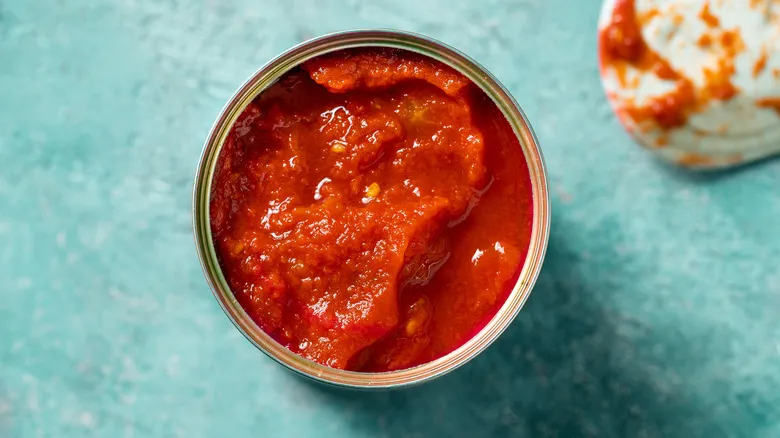
Let’s be honest: not everyone has endless hours to spend perfecting a homemade pizza dough recipe. When time is tight and dinner decisions can’t be delayed, there’s no reason to feel guilty about picking up some ready-made essentials from the grocery store. Whether it’s jarred salsas or pre-cooked chicken strips to toss into pasta or salads, using store-bought items can make your cooking process much simpler and save you valuable time. You won’t have to go through the hassle of making everything from scratch, and the time you save can be significant.
In fact, even culinary experts often rely on convenience products in their own cooking. For instance, if you’re preparing orange chicken, you might take a tip from Cynthia Christensen and quickly heat a packet of vacuum-sealed rice as a side. Instead of making soup stock from scratch, you can use prepared options like Better Than Bouillon, which Julia Turshen swears by, to add depth to your dish with just a spoonful. "I also love sauces and prefer to buy them pre-made rather than making them myself," shares Jessica Formicola.
Make larger batches
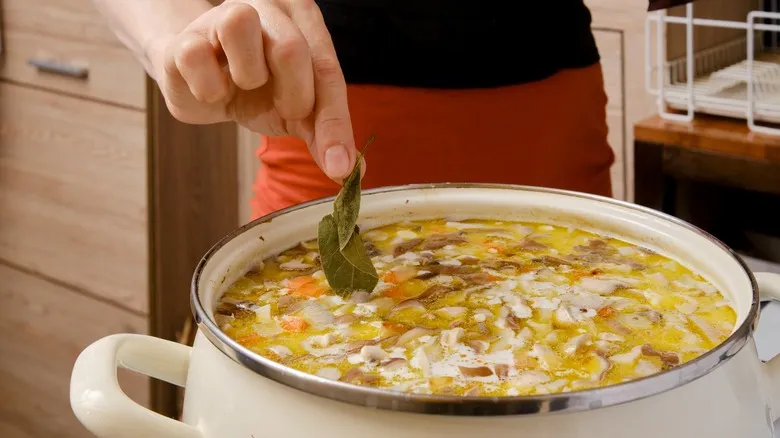
Reducing your cooking time and eliminating the question, "What's for dinner?" from your daily routine is the focus of our next tip. If you're interested in quicker meal preparation, consider making larger quantities of food. Anyone already putting in the effort to prepare a full meal from scratch will benefit from increasing portion sizes, as these can easily be turned into leftovers. "Doubling recipes and freezing half can provide quick meals for busy days ahead," advises Grace Vallo. This approach significantly reduces the repetitive tasks of chopping vegetables or mincing garlic throughout the week.
So, what should you consider batch-cooking? According to our experts, the best dishes to prepare in advance are those that reheat easily and maintain their flavor and quality after being stored in the fridge or freezer. Soups, for instance, can be frozen for months, which is why Julia Turshen prefers "anything soupy or stewy." Cynthia Christensen enjoys making larger batches of biscuit dough, pre-forming the rounds so she can easily grab them from the freezer as needed.
Jessica Formicola loves quinoa for its versatility. "I prepare a large batch at the start of the week and then customize it for different meals by adding various spices, fresh vegetables, or transforming it into a casserole with cheese and proteins," she explains.
Don't tackle dirty dishes at the end

After finishing a homemade meal, doing the dishes is often the last thing anyone wants to think about. Take it from the experts: leaving your cookware piled in the sink is a big mistake. While it may be tempting to tackle the entire mess at once, it usually ends up being more work since every pot, pan, and utensil will need a thorough rinse. Plus, facing a big mess can be overwhelming. "Nothing is more anxiety-inducing and stressful," says Cynthia Christensen. Even worse, putting off the cleaning can make scrubbing later a real challenge.
This is why professionals unanimously advocate for "cleaning as you go," a simple phrase that can significantly enhance your cooking efficiency. By managing messes during the cooking process—washing a plate here, a measuring cup there—you can avoid the burden of a big cleanup when you finally get to unwind (ideally while enjoying your Netflix playlist). This approach "keeps the workspace organized and lessens the cleanup effort afterward, which can be intimidating," explains Grace Vallo.
Allocate the labor

Another suggestion from our experts comes highly recommended for speeding up the cooking process (and enjoying every moment of it). Enlisting a close friend or family member to join in the cooking can make the time pass quickly, especially when tasks can be shared. Mixing gravy, disposing of scraps, and peeling potatoes can be overwhelming for one person, but when divided among others, it becomes manageable and takes less time overall.
Grace Vallo also supports this approach, though she offers a slight caution. "It can definitely speed things up if tasks are divided effectively, like one person prepping while the other cooks," she notes. However, she warns that having too many people involved can lead to chaos if roles aren’t clearly defined. "Too many cooks in the kitchen without specific responsibilities can cause delays."
Nonetheless, as long as the instructions are clear, having more hands on deck for your casserole will result in an earlier dinner time. Plus, sharing the workload can be a fun experience for families with young children, a sentiment echoed by Jessica Formicola from her own parenting experience. "It teaches them a valuable life skill—how to cook—while also giving me the chance to chat about their day and enjoy quality time together," she shares.
Recommended

Prue Leith's Hack For Cutting Avocados Uses An Unexpected Baking Tool
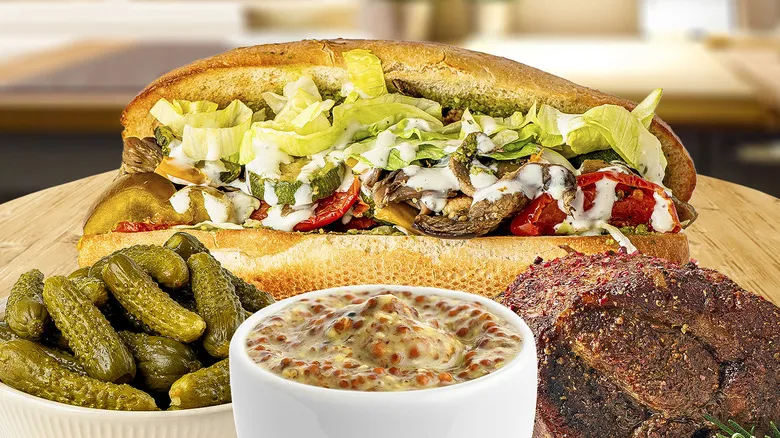
12 Tips For Perfecting The Cuban Sandwich

Why Giada De Laurentiis Spanks Her Risotto And You Should Too
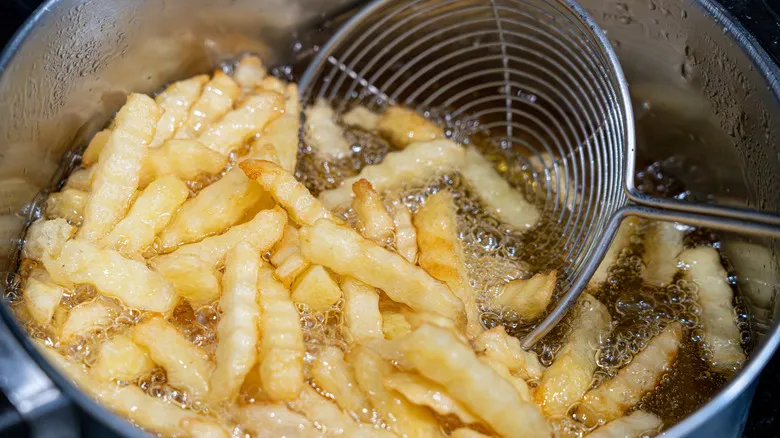
The Science Behind Why Beef Tallow Leads To The Perfect French Fries
Next up

